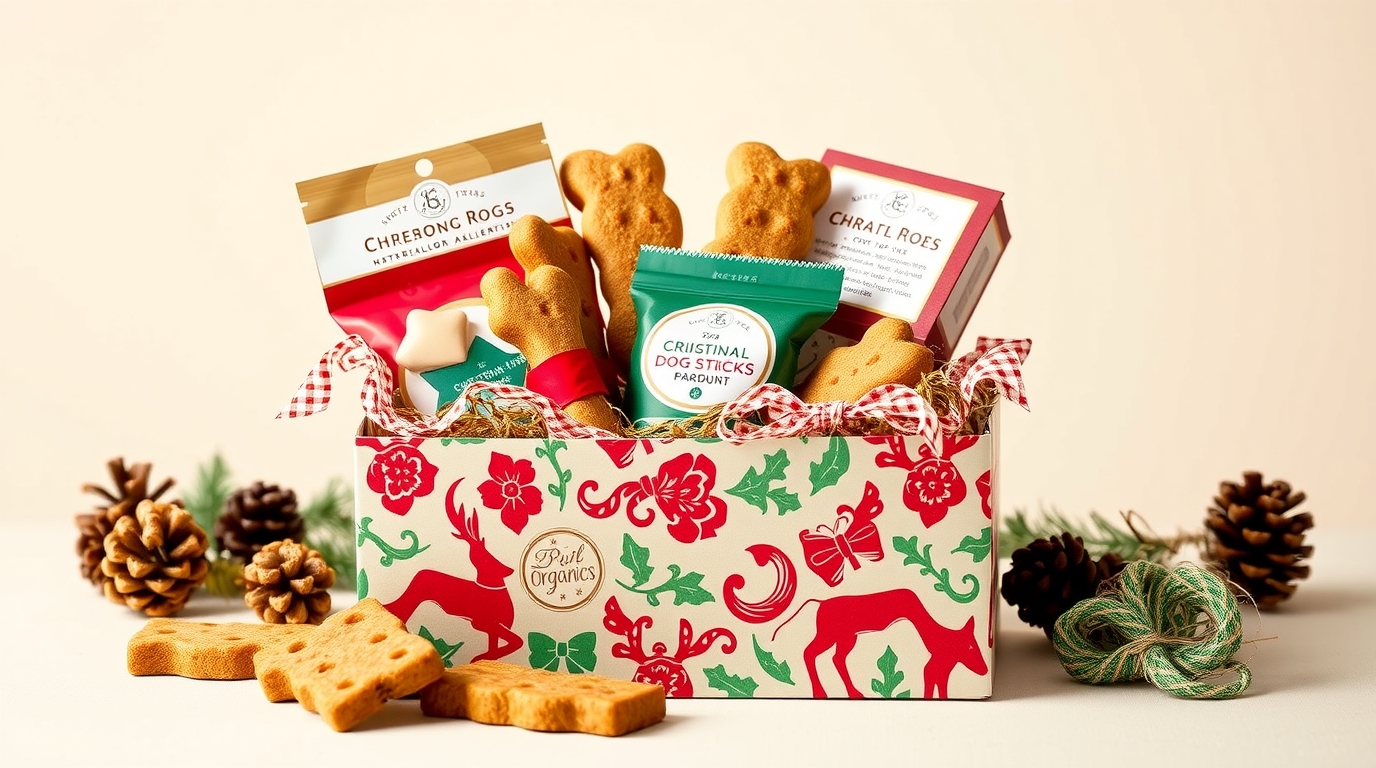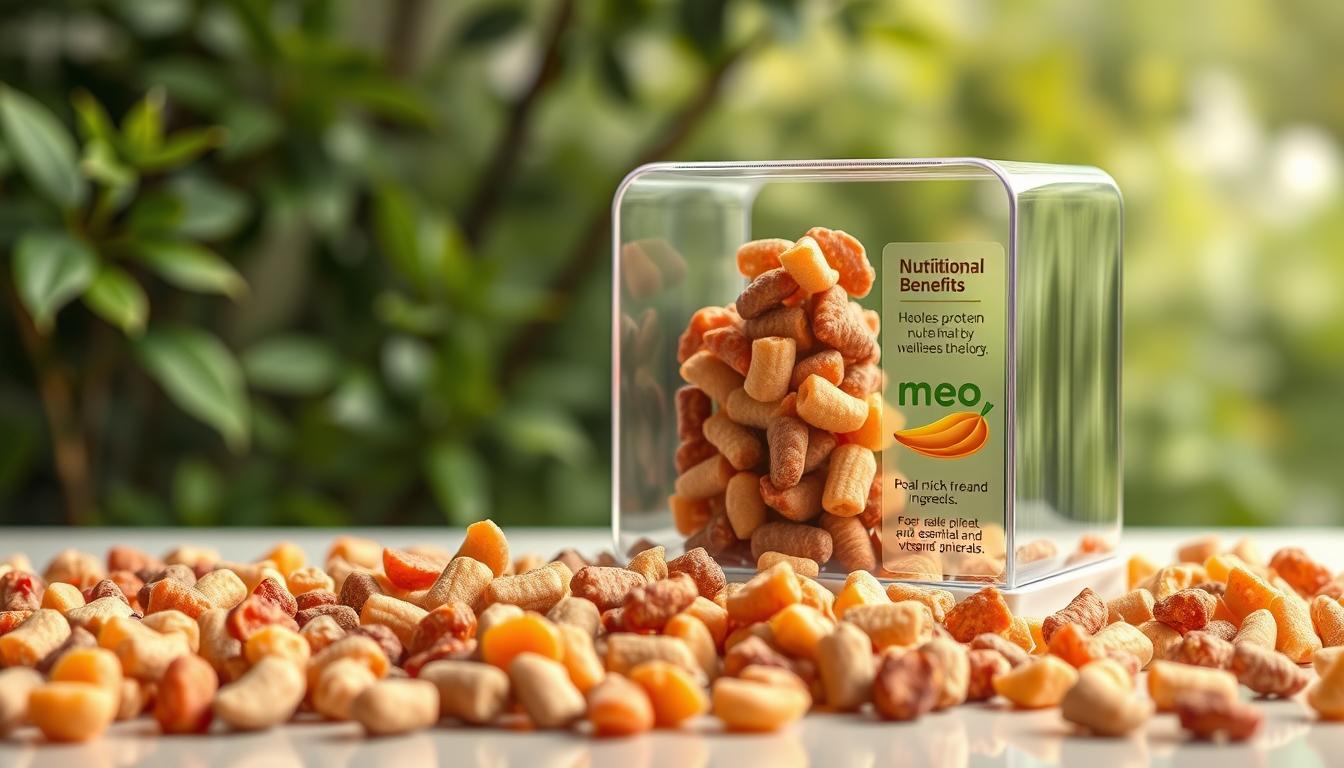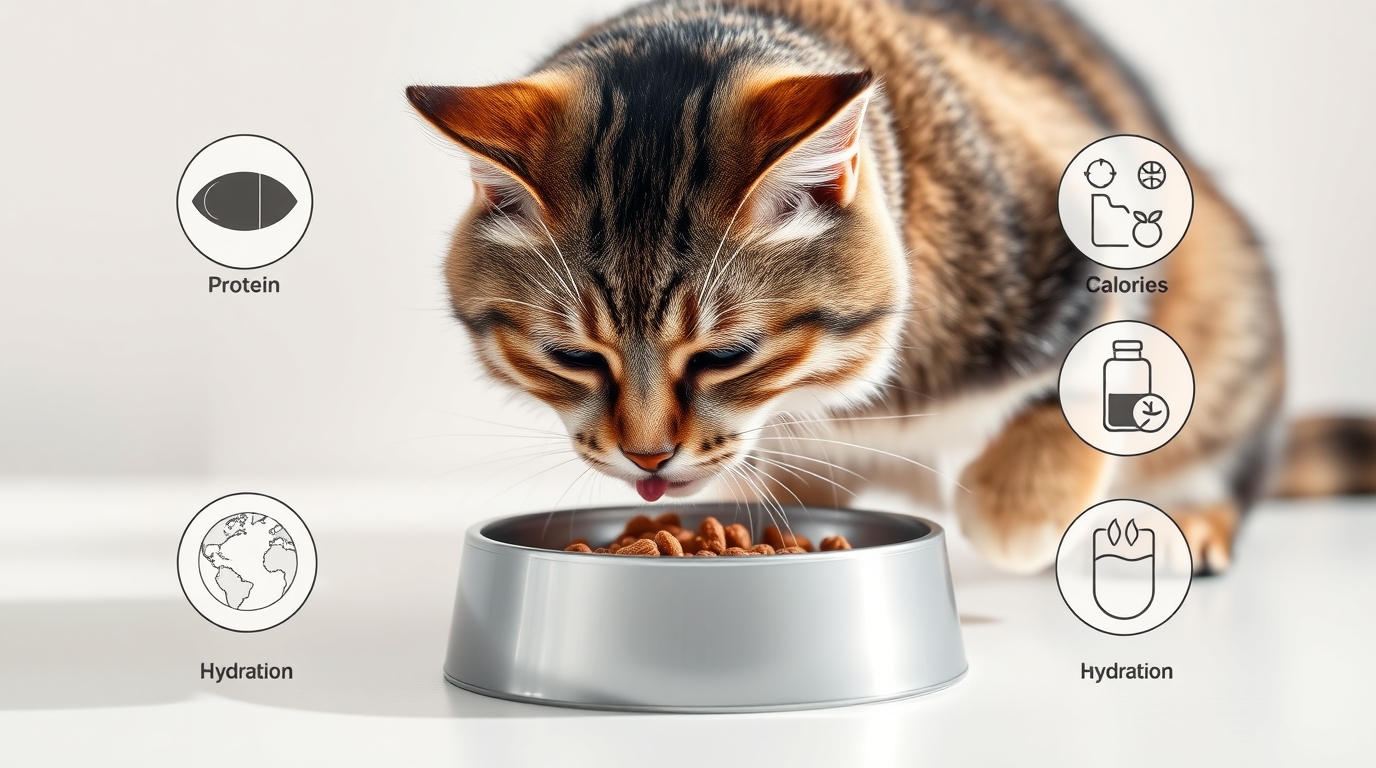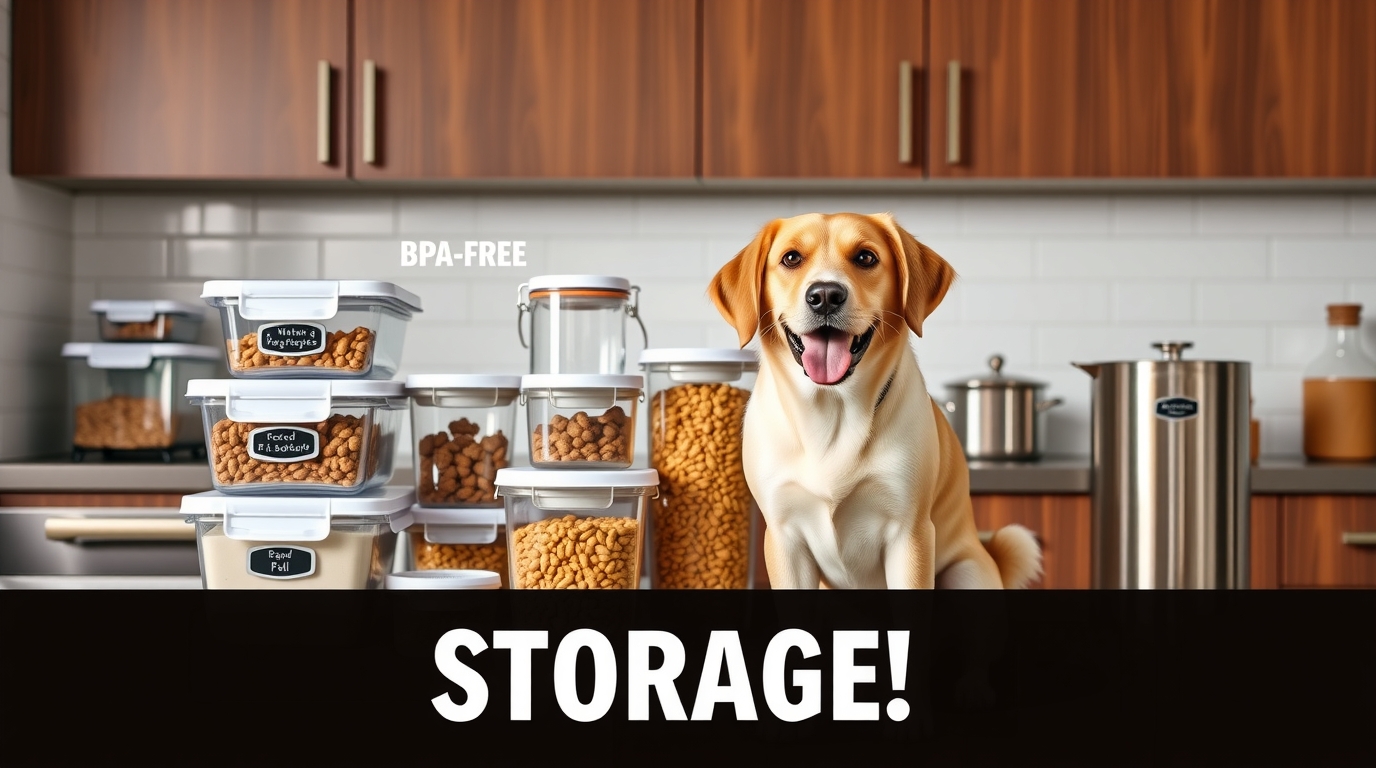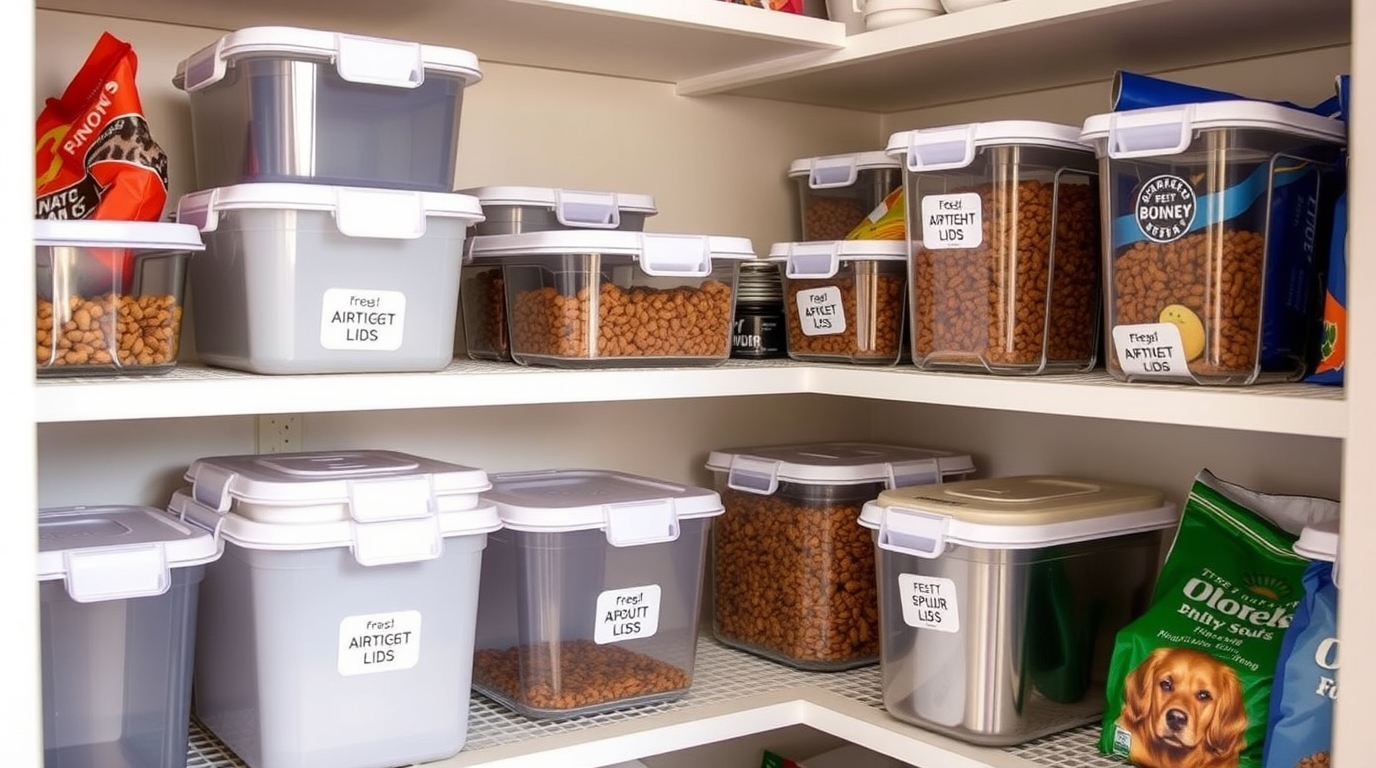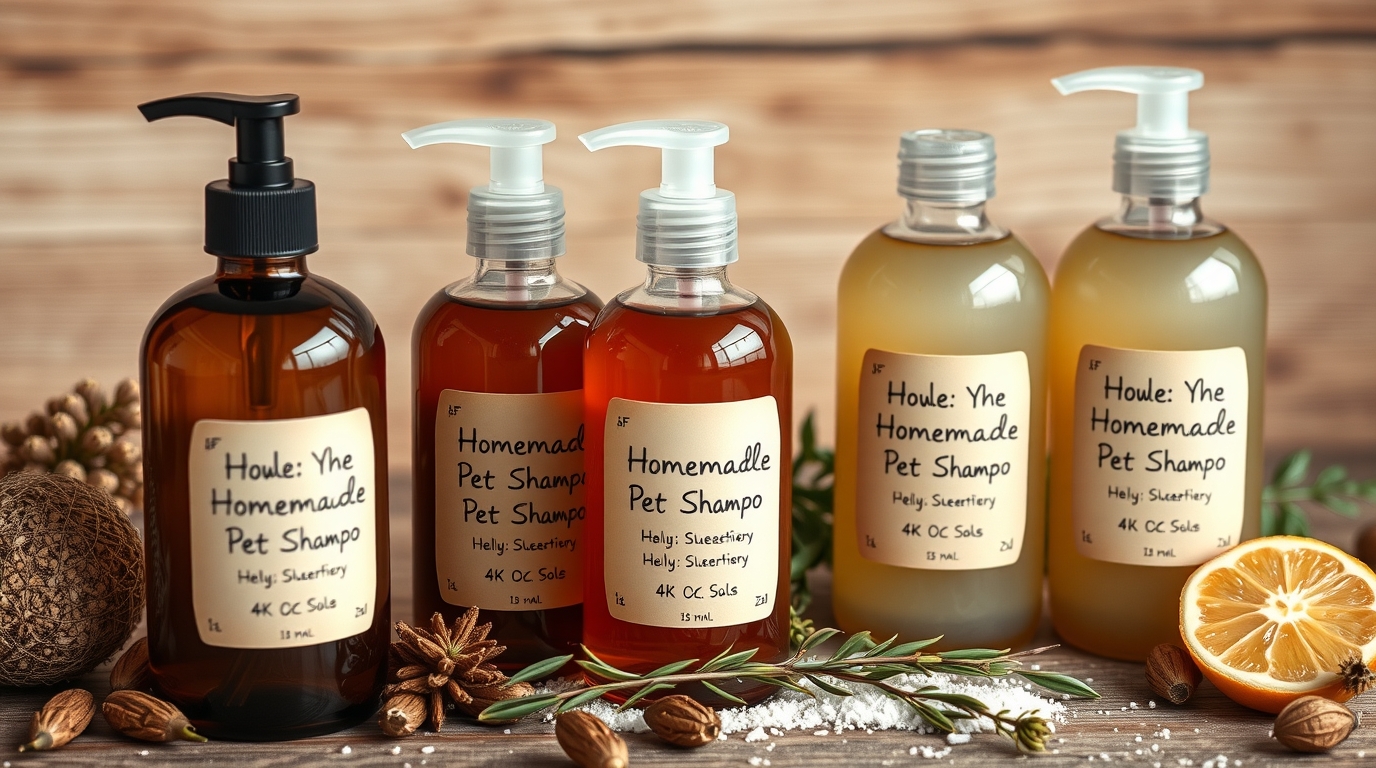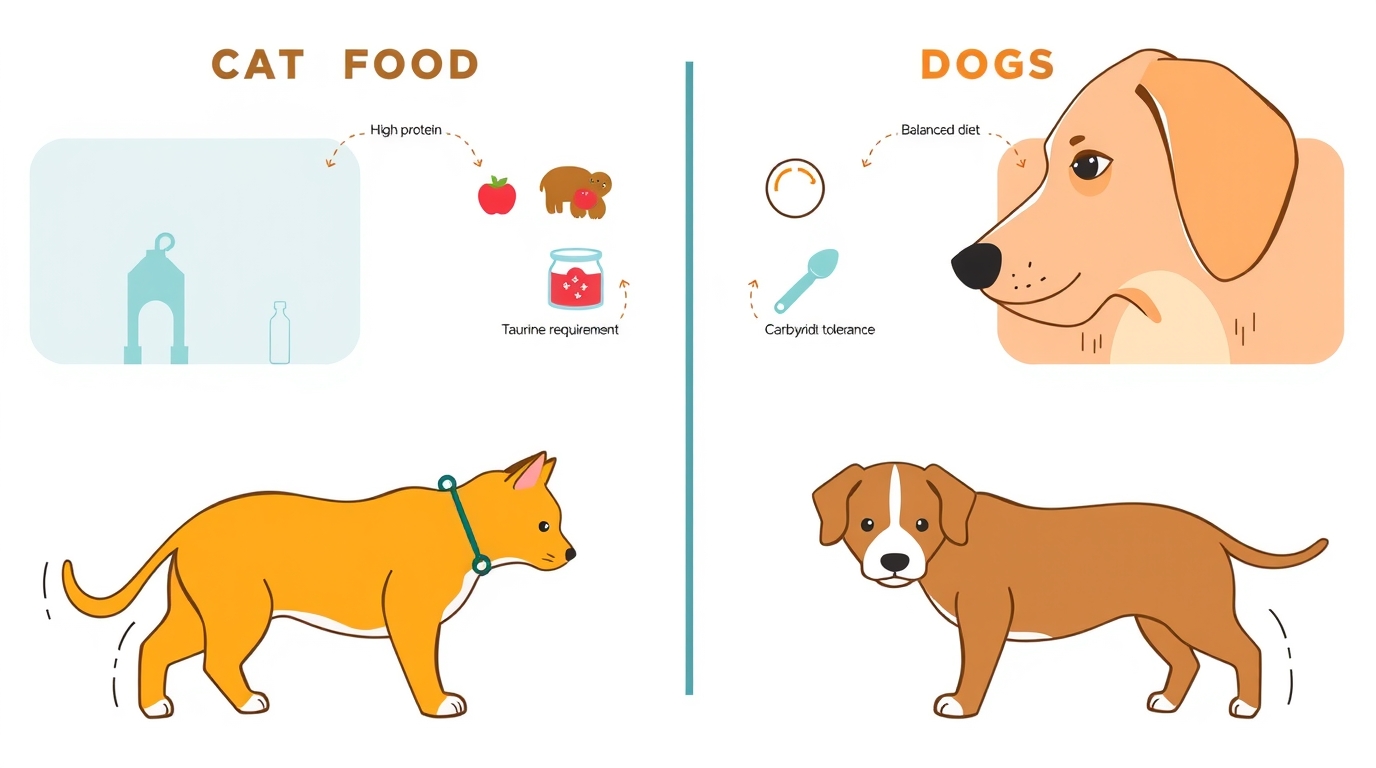Homemade pet shampoo recipes As a caring companion to your four-legged family member, you deserve options that prioritize their well-being. Many store-bought grooming products contain harsh chemicals or unregulated additives – but creating safer, customized alternatives is easier than you think. Basic kitchen staples like baking soda and vinegar can become powerful allies in your pet care routine. These natural ingredients often outperform pricey brands while being gentler on sensitive skin. Best of all, you’ll know exactly what’s in every batch. Concerns about commercial products are growing among animal lovers. Unlike human cosmetics, most animal shampoos aren’t federally regulated unless they’re medicated. This leaves room for questionable additives that might irritate paws or fur. By mixing simple formulas at home, you gain control over quality while saving money. Most recipes take under 10 minutes to prepare and use items already in your cabinets. The result? A tailored cleansing experience that keeps tails wagging. Key Takeaways Understanding Your Pet’s Unique Skin Needs Your dog’s skin acts as their first defense against environmental threats – but it works differently than yours. Unlike human skin, which thrives in acidic conditions, canine skin operates best in a slightly alkaline environment. This fundamental difference shapes their grooming requirements. Why pH Balance Matters Human skin maintains a pH of 5.5-5.6, while dogs range from 6.2-7.4. Using products designed for people disrupts this balance. Human shampoo’s acidity strips natural oils, leaving paws itchy and prone to cracking. Over time, this pH mismatch can weaken protective barriers against parasites and bacteria. Spotting Sensitivity Signs Watch for persistent scratching, redness between toes, or dandruff-like flakes. These often signal irritation from improper products or environmental triggers. Short-haired breeds might show reactions faster, while thick-coated dogs could hide symptoms until they escalate. Seasonal allergies and genetic factors also play roles. Some dogs react to pollen, while others inherit sensitive skin. Choosing pH-balanced solutions helps maintain moisture without triggering new issues. Remember – healthy skin means a happier, more comfortable companion. Homemade pet shampoo recipes for a Natural Clean Many grooming products lining store shelves hide risks behind colorful labels. Popular dog shampoo brands often contain synthetic additives that may trigger allergic reactions or long-term health issues. This reality makes customized cleansing options not just preferable – but essential for conscientious owners. Breaking Down Commercial Product Risks Store-bought animal care products frequently include concerning components. Formaldehyde preservatives appear in surprising places, while sulfates create foamy lathers at the cost of skin dryness. These hidden hazards explain why more families are switching to controlled formulations. The pet care industry operates with minimal oversight. Manufacturers can include over 15 questionable ingredients without safety testing. Common offenders like artificial fragrances and mineral oils often cause immediate irritation or accumulate toxins over time. Toxic Ingredient Common Use Safer Alternative Parabens Preservative Vitamin E oil Phthalates Fragrance stabilizer Essential oils Polysorbates Emulsifier Castile soap Custom blends eliminate guesswork about what touches your companion’s skin. You can omit problematic additives while keeping effective cleansing agents. This approach proves particularly valuable for sensitive pups needing gentle care. Switching to controlled ingredients supports overall wellness. Simple formulas reduce chemical exposure while maintaining coat health. Best of all, you decide exactly what works for your furry friend’s unique needs. Essential Ingredients & Their Benefits Your kitchen holds surprising solutions for maintaining healthy coats and happy companions. Three household staples form the backbone of effective cleansing blends, while natural additives address specific skin concerns. The Cleansing Power Trio White vinegar works double duty as a deodorizer and antibacterial agent. Its mild acidity cuts through dirt while leaving fur glossy. Paired with baking soda, this duo creates pH-balanced formulas that neutralize odors without stripping natural oils. Castile soap serves as the perfect plant-based binder. Made from olive oil, this gentle cleanser lifts grime without synthetic detergents. “It’s the gold standard for sensitive skin care,” notes veterinary dermatologist Dr. Ellen Torres. Ingredient Key Benefit Best For Apple Cider Vinegar Odor elimination Smelly coats Baking Soda pH balancing Itchy skin Liquid Castile Gentle cleansing Daily use Soothing Skin Superstars Aloe vera gel cools irritation like nature’s bandage. Its moisturizing properties help heal minor scrapes during bath time. For anxious companions, lavender oil offers calming aromatherapy when diluted properly. Oatmeal remains a time-tested remedy for dryness. When ground into powder, it creates a milky bath that reduces inflammation. Always combine these additives with base ingredients for maximum effectiveness. … Read more



